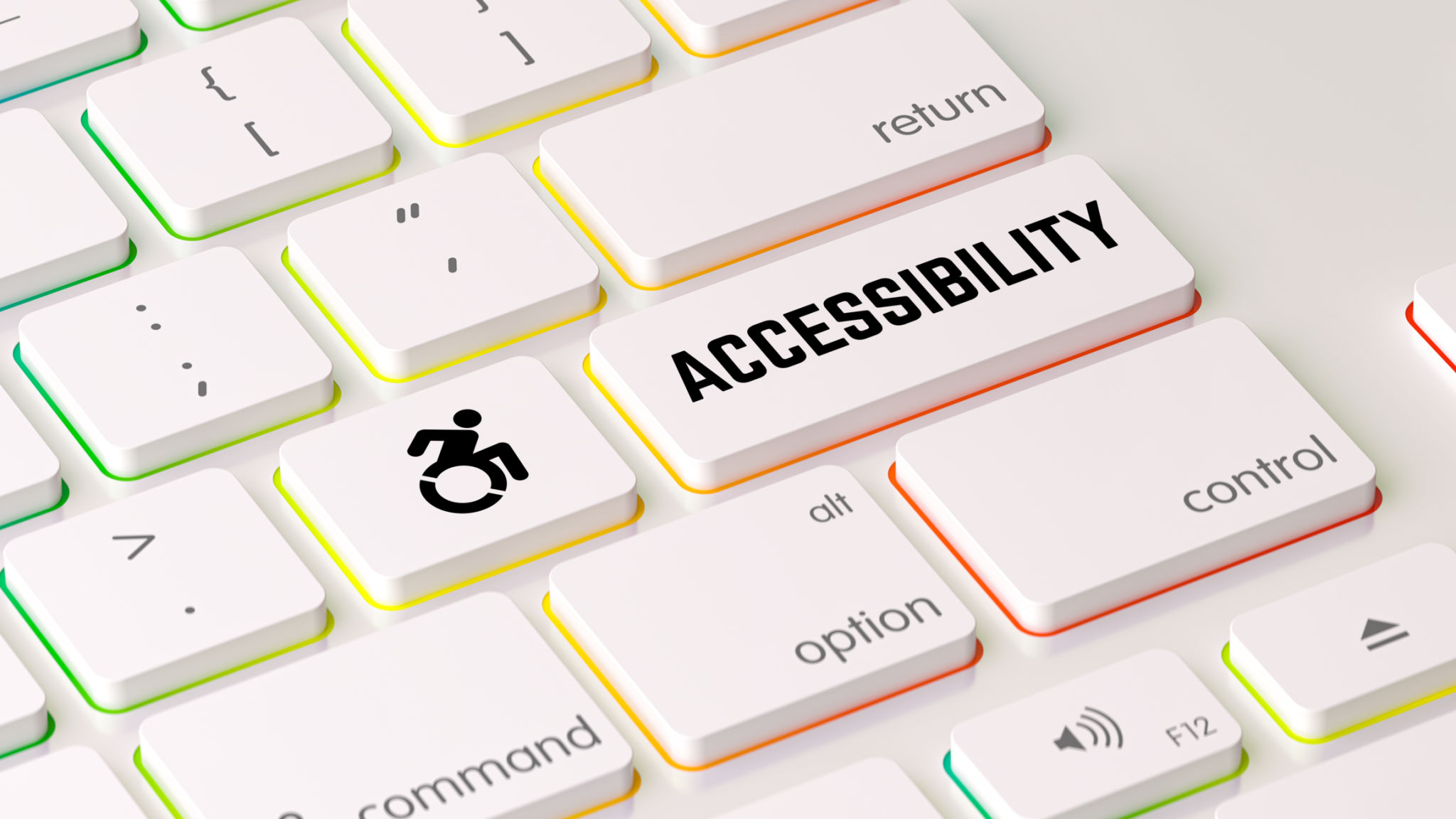Metro Vancouver Accessibility: Local Regulations and Best Practices
Understanding Accessibility in Metro Vancouver
Metro Vancouver is known for its diverse population and vibrant communities. Ensuring accessibility for all residents and visitors is a priority for local governments. Accessibility in this context refers to creating spaces and services that are usable by people with various disabilities. This includes physical, visual, auditory, and cognitive impairments, among others. Understanding local regulations and best practices is essential for businesses and organizations seeking to improve their accessibility standards.

Local Regulations and Compliance
In Metro Vancouver, accessibility regulations are shaped by both provincial and municipal guidelines. The British Columbia Building Code (BCBC) provides a framework for accessible design in new constructions and significant renovations. Municipalities may have additional bylaws to supplement these guidelines, ensuring that local needs are addressed. Compliance with these regulations is not only a legal requirement but also a moral obligation to create inclusive communities.
One of the key aspects of these regulations is ensuring barrier-free access to buildings. This includes features like ramps, elevators, and accessible washrooms. Additionally, businesses must consider accessibility in their services and communications, such as providing alternative formats for information and ensuring customer service staff are trained to assist individuals with disabilities.
Best Practices for Enhanced Accessibility
While regulations provide a foundation, many organizations in Metro Vancouver are going above and beyond to implement best practices in accessibility. These initiatives often involve collaboration with disability advocacy groups and feedback from community members with disabilities. Incorporating universal design principles is a popular approach, aiming to create environments that can be accessed, understood, and used to the greatest extent possible by all people.

Some best practices include providing clear signage with braille or tactile elements, ensuring adequate lighting for those with visual impairments, and using contrasting colors to aid individuals with color blindness. Implementing assistive technologies, such as hearing loops or visual alert systems, can also significantly enhance the accessibility of spaces.
Community Involvement and Feedback
Engaging with the community is crucial in the ongoing effort to improve accessibility. Hosting forums or workshops can provide valuable insights into the needs of people with disabilities and allow for the exchange of ideas on how to address these challenges effectively. Feedback mechanisms, such as surveys or feedback boxes, enable continuous improvement and adaptation of accessibility measures.

The involvement of people with disabilities in planning and decision-making processes ensures that their voices are heard and considered. This participatory approach not only enhances the quality of decisions made but also fosters a sense of ownership and inclusivity within the community.
The Role of Technology
Technology plays a pivotal role in advancing accessibility. Digital platforms can offer services like virtual tours or remote consultations, which are particularly beneficial for individuals facing mobility challenges. Websites should adhere to the Web Content Accessibility Guidelines (WCAG) to ensure content is accessible to users with varying abilities.
Furthermore, apps designed to assist individuals with disabilities, such as navigation aids or communication tools, are becoming increasingly widespread. These technological solutions can greatly enhance the independence and quality of life for people with disabilities.
Conclusion: A Community Effort
Achieving comprehensive accessibility in Metro Vancouver requires a collective effort from local governments, businesses, and residents. By adhering to regulations, adopting best practices, and leveraging technology, communities can create inclusive environments that cater to everyone's needs. Continuous dialogue and community involvement are key components in this ongoing journey towards full accessibility.

![INCLUSIVE SOLUTIONS CONSULTING [ISC]](https://cdn.durable.co/logos/113Eou1zDU1qnbrkRVkhAHUW2DOiwLcOEJ5nMQ31npGPlLMXI6G6tGWT65re8ygI.jpg)